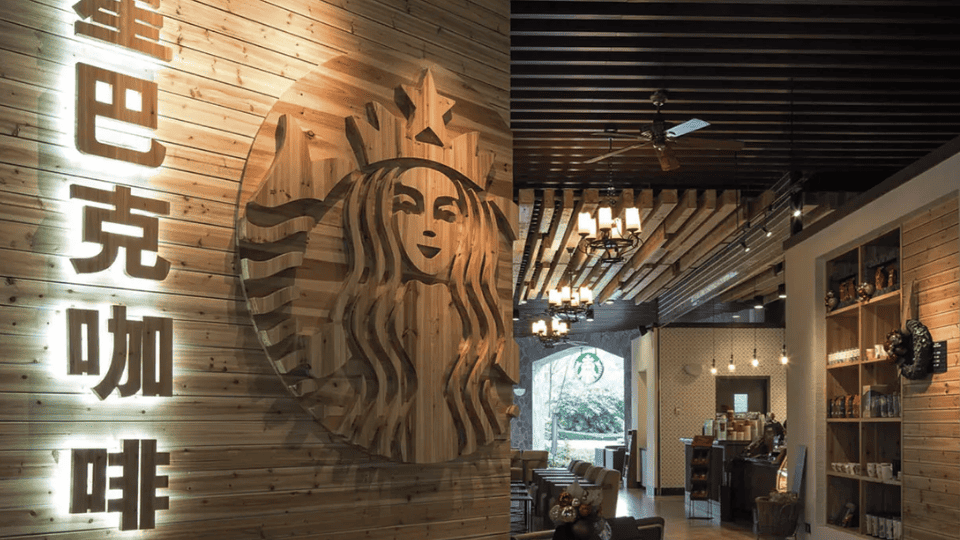
Table of Contents
- Starbucks China growth story
- 1. Localization
- 2. Partnering with local players
- 3. Positioning and Demand creation
Starbucks China growth story
Starbucks (SBUX) opened its first business outlet located in China (FXI), Asia in January 1999. Since then, the company has gone a long way and is currently operating about 2500 outlets in 118 cities around the country, with plans to expand to 5000 stores by 2021.
So, how did Starbucks survive in a challenging country like China, where people usually favor tea over coffee? Let’s find out.
1. Localization
Majority of the Chinese drink Tea and it was not easy for Starbucks to enter into the market. So, Starbucks introduced beverages in China that was based on local tea-based ingredients to bridge the gap between Starbuck’s Coffee Culture and Traditional Chinese Tea drinking culture.
Along with beverages, Starbucks also introduced localized menu of menu of beverages and snacks that are specifically tailored to the Chinese tastes. This turned out to be a huge success for the company.
The company also invested its time and money in significant research to understand the consumer profile in order to offer distinctive beverages that are “western” while being authentic to Chinese culture.
2. Partnering with local players
As China is a complex and homogeneous market. it was a challenge for Starbucks to establish itself in the market. Within the country, cultures and demographics varies by region.
To address this challenge, Starbucks partnered with regional players to obtain access to Chinese consumers. The company partnered with Beijing Mei Da, a regional coffee company, in north China, and Uni-President, a Taiwan-based corporation, in the east.
To establish a foothold in South China, Starbucks collaborated with Maxim’s caterers, a Hong Kong-based firm. These partners helped Starbucks get insights into Chinese consumers’ interests and preferences while also building on local expertise.
3. Positioning and Demand creation
Starbucks has literally fueled the demand for coffee in a tea-drinking nation like China. The company transformed how the young Chinese customer perceives coffee by implementing a distinct branding and positioning strategy.
The company developed the “Starbucks experience” to appeal to customers. Starbucks has built itself as an aspirational brand, allowing it to charge higher costs. Rather of advertising, it conveyed its brand image by choosing high-visibility, high-traffic sites.
[Image Credits: Starbucks]



